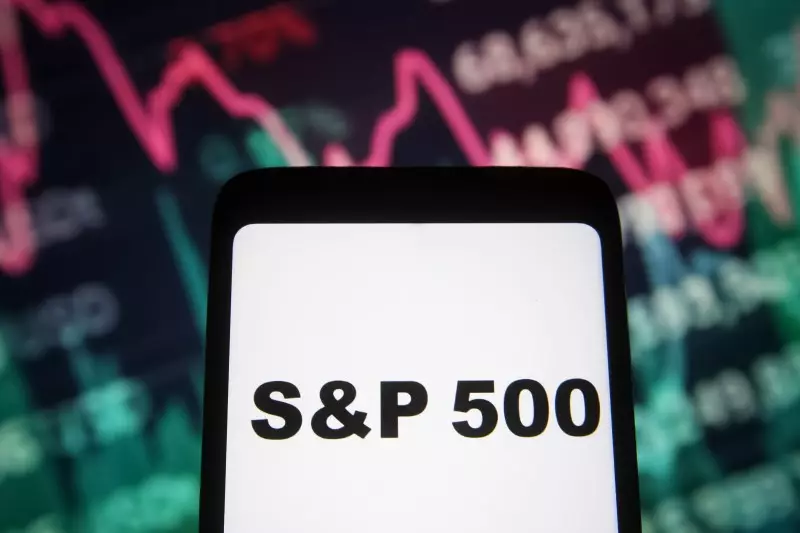The U.S. stock market closed higher on Friday, driven by a surge in megacap growth stocks and favorable inflation data. This rally was sparked by the impressive quarterly results from technology giants like Alphabet and Microsoft. The market also reacted positively to the moderate inflation figures reported by the U.S. Commerce Department.
The market witnessed a significant increase in megacap growth stocks following the announcement of robust first-quarter results by Alphabet and Microsoft. Alphabet’s decision to issue its first-ever dividend, along with a $70 billion stock buyback program, led to a surge in its share price by 10%, pushing its market value above $2 trillion. Similarly, Microsoft’s third-quarter revenue and profit surpassed Wall Street estimates, driven by the adoption of artificial intelligence in its cloud services. Other megacap growth stocks like Amazon.com, Nvidia, and Meta Platforms also registered gains, contributing to the overall uptrend in the market.
Six out of the 11 major S&P 500 sectors recorded gains, with communication services, technology, consumer discretionary, and materials leading the way. This positive performance helped the S&P 500 and the Nasdaq achieve their biggest weekly percentage gains since early November 2023. The S&P 500 snapped three weeks of losses, while the Nasdaq ended four straight weeks of declines.
The monthly inflation data released by the U.S. Commerce Department indicated a moderate rise in inflation in March on an annual basis, in line with market expectations. This report provided some relief to financial markets, which were concerned about stagflation following the previous day’s data showing a surge in inflation and a slowdown in economic growth. The moderate inflation figures led money markets to price in a higher likelihood of a Federal Reserve rate cut in September. The yield on the benchmark 10-year Treasury note fell after the data release, signaling a positive market sentiment.
While the overall market saw gains, some individual stocks experienced contrasting fortunes. Snap saw a significant surge of nearly 28% after beating revenue and user growth estimates for the first quarter. In contrast, Exxon Mobil faced a decline of almost 3% after missing analysts’ profit estimates, with a 28% drop in first-quarter profit compared to the previous year. Intel also faced a significant decline of 9.1% after its second-quarter revenue and profit forecast fell short of expectations due to weak demand for its traditional data center and PC chips.
The Dow Jones Industrial Average rose by 0.40%, the S&P 500 gained 1.02%, and the Nasdaq Composite increased by 2.03%. On the NYSE, advancing issues outnumbered decliners by a ratio of 2.25-to-1, while on the Nasdaq, advancing issues exceeded decliners by a ratio of 1.84-to-1. The S&P 500 recorded 21 new 52-week highs and eight new lows, while the Nasdaq reported 59 new highs and 88 new lows. The trading volume on U.S. exchanges was 9.88 billion shares, lower than the 11.01 billion average for the last 20 days.
Overall, the positive performance of megacap growth stocks, combined with favorable inflation data, contributed to the upward movement in the U.S. stock market. Despite some individual stock declines, the overall market sentiment was bullish, driven by the strong quarterly results from key technology companies and the reassurance provided by the inflation data.

